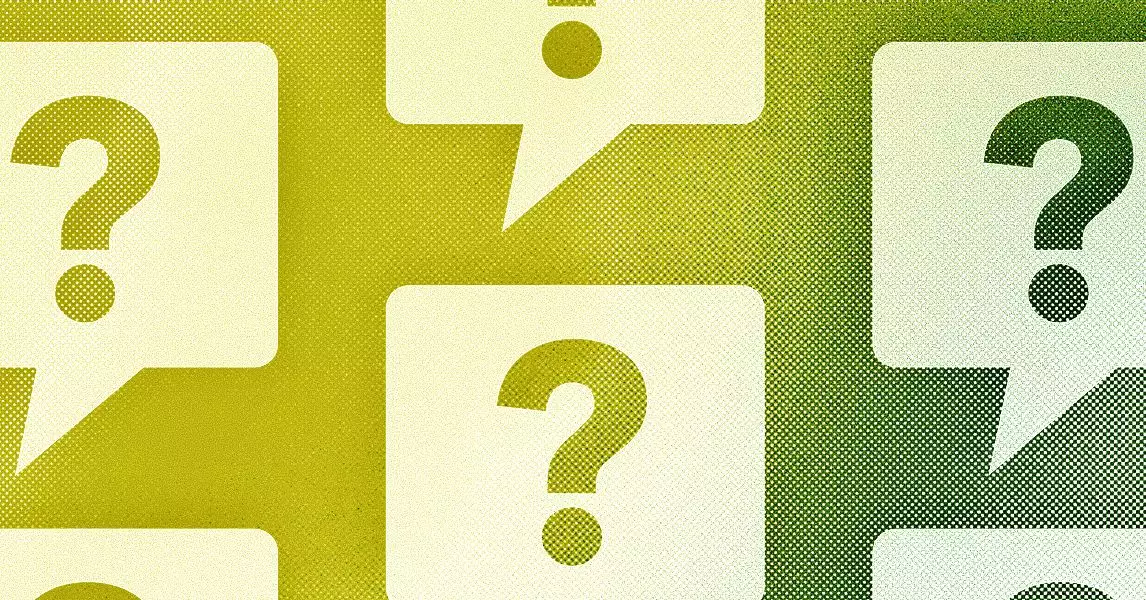The entertainment industry stands at a crossroads, where technological innovation is reshaping long-standing creative practices. Artificial Intelligence (AI), particularly generative AI, is altering how Hollywood develops visual concepts, challenging the traditional roles of artists and designers. One of the most visible impacts is in storyboarding—the essential step in pre-production that sketches out sequences and scenes. Historically, this task depended heavily on the skill and creativity of visual artists who meticulously crafted detailed sketches to convey the director’s vision. Today, however, AI-powered image generation tools can produce storyboards at a fraction of the time and cost, fundamentally changing the profession.
Many visual artists have expressed concern, observing that their craft is threatened by these new tools. The ability of AI to quickly generate images that match specified prompts effectively automates a process that once required hours of manual effort, often involving intricate details and artistic nuance. Major Hollywood productions, including blockbuster superhero movies, are experimenting with AI to streamline this phase of production. While some argue that AI cannot fully replicate the human touch—an essential element in storytelling—there’s little doubt that as these tools become more sophisticated, the demand for human input diminishes. The once-secure livelihoods of storyboarding artists now face an uncertain future, fueling a debate about the ethics and economic implications of replacing human creativity with algorithms.
The Economic Toll and Ethical Dilemmas for Hollywood Workers
The most contentious aspect of AI’s infiltration into Hollywood concerns its implications for employment. During recent industry strikes, one of the central issues was AI’s capacity to replace human labor, especially for roles in acting, voice work, and behind-the-scenes creative jobs. The core concern is straightforward: if AI can generate realistic images or synthesize voices, studios might see less need to hire actors, stunt performers, or visual effects artists, thus reducing labor costs significantly. This transformation could marginalize many talented professionals whose livelihoods are deeply intertwined with their craft.
While some advocates suggest AI can serve as a tool to augment human effort—enhancing productivity rather than eliminating jobs—the reality remains complex. For many industry insiders, the fear is palpable; the risk of displacement feels imminent. AI’s potential to generate entire scenes or even entire films risks devaluing the nuanced human contributions that define cinematic artistry. It is a troubling prospect: a future where the studio’s bottom line takes precedence over artistic integrity and worker security. This growing divide has caused tension in industry negotiations, highlighting a fundamental question about the future of work in Hollywood: who truly benefits from AI’s proliferation?
Opportunities and Resistance: A Dual Narrative
Despite widespread skepticism and opposition, a different narrative is emerging among a subset of filmmakers and creatives—those eager to harness AI to unlock new possibilities. Documentarians and innovative directors are experimenting with AI as a creative partner, using the technology to craft visuals, brainstorm ideas, or automate labor-intensive tasks. This openness is driven by the belief that AI can serve as a catalyst for extraordinary storytelling, providing tools to push artistic boundaries beyond preconceived limits.
Prominent figures in the industry, such as Darren Aronofsky, exemplify this optimistic stance. His AI film studio and partnership with Google’s DeepMind hint at a future where AI not only changes the mechanics of filmmaking but also challenges the very essence of artistic expression. Aronofsky’s embrace of cutting-edge technology demonstrates a vision of cinema where humans and machines collaborate creatively, rather than compete.
Yet, even as some pioneers embrace AI, skepticism persists. Many industry veterans worry about losing the human touch—emotion, authenticity, and nuance—that makes storytelling compelling. They argue that uncritical adoption risks commodifying art, eroding the craft that has defined filmmaking for over a century. The tension between technological innovation and artistic integrity remains a defining feature of this evolving landscape.
A Critical Reflection on the Future of Hollywood and AI
The ongoing integration of AI into Hollywood’s workflows compels us to rethink the nature of creativity, labor, and value. While AI offers remarkable efficiencies and new creative avenues, it simultaneously threatens to upend longstanding employment structures. The industry’s response—whether embracing or resisting these changes—will shape the cultural landscape for decades to come.
The broader question is whether innovation should come at the expense of human artisanship or serve as a complement to it. As AI continues to advance, the industry must grapple with issues of ethical responsibility, fair compensation, and the preservation of artistic integrity. In this pivotal moment, Hollywood faces a choice: harness AI’s potential to elevate storytelling or allow it to deepen the divide between the creators and the corporations that profit from their labor. The outcome will undoubtedly influence the future of entertainment—balancing the allure of technological progress with a commitment to human artistry.


Leave a Reply